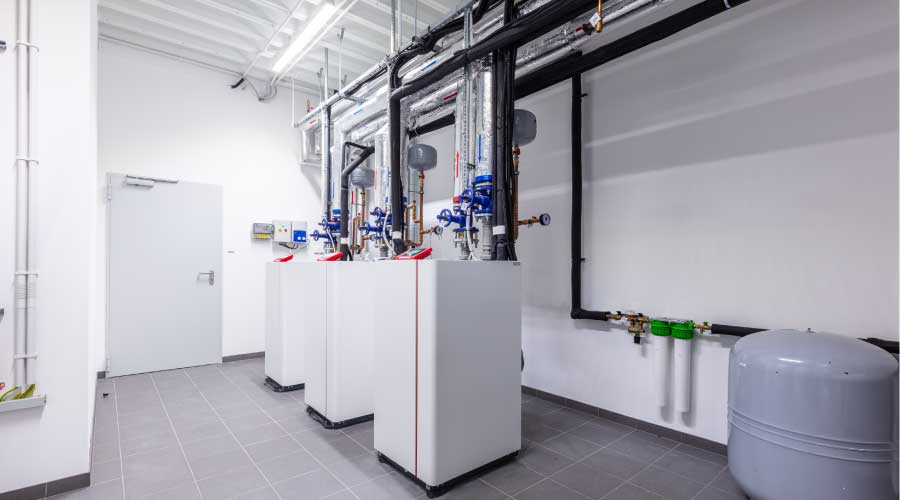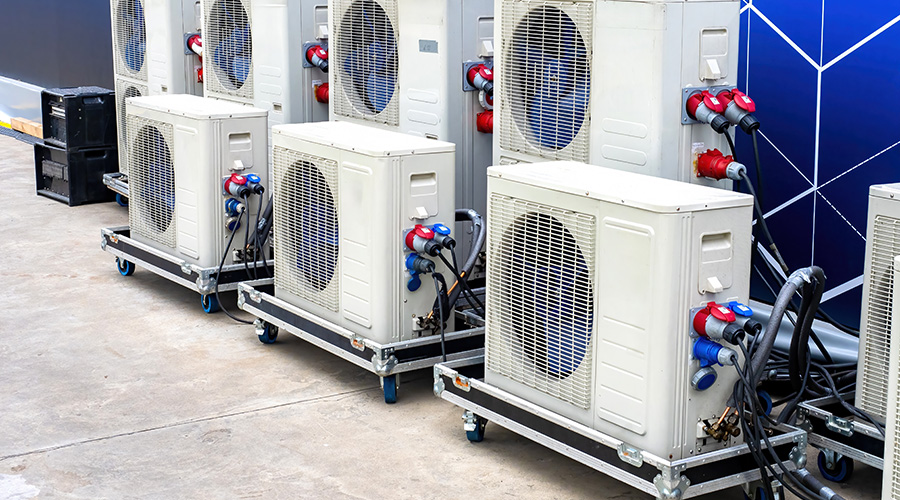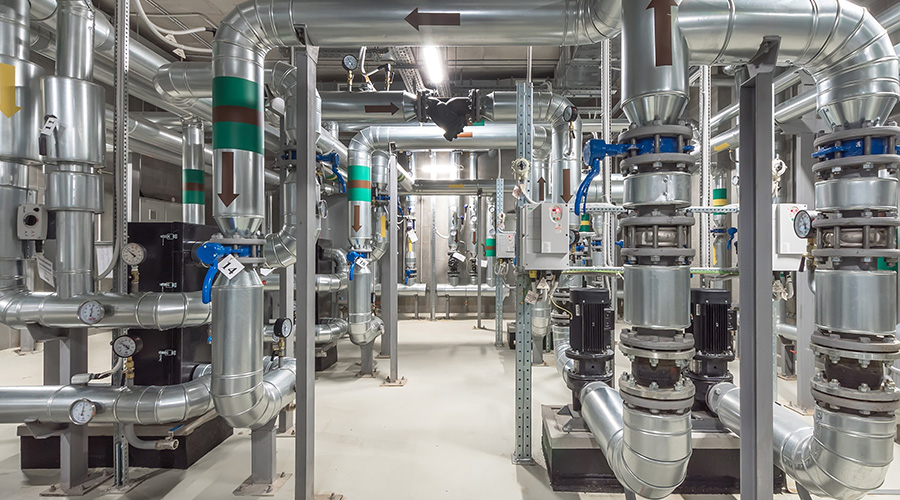Electric HVAC Systems Play Key Role in Decarbonization Playbook
As organizations seek to reduce their carbon footprint, managers focus on updating their buildings with electric HVAC systems
Michael Psihoules’ first presentation on electrification to a group of HVAC distributors was about five years ago. He was greeted with plenty of skepticism.
“They looked at me like I had a third eye in the middle of my head,” says Psihoules, the national energy solutions manager for Fujitsu. “They were disinterested, like why is he talking about gas going away?”
Fast forward to recently, when Psihoules presented on electrification again, and the tone of the crowd was different.
“There was true interest in it,” he says. “Part of my presentation was, ‘change before you have to.’ Electrification is happening, and you need to prepare your business. Four or five years later we went from the ‘deer in the headlights’ look to true engagement.”
Decarbonization efforts across the country are forcing facility managers at institutional and commercial facilities to take a different look at how buildings operate now and in the future.
Changing priorities
Buildings are a vital component to helping fight climate change. As a 2023 Greenbuild whitepaper says, buildings account for 30 percent of global energy consumption, making them obvious targets to help reduce energy use.
“An essential approach to reducing the emissions that result from powering our global existing buildings is electrification, the process of transitioning building technologies that operate with electricity instead of fossil fuels, thus reducing reliance on oil, gas and coal,” the whitepaper reads. “When the electricity used comes from renewable sources, this strategy represents a cornerstone effort for global decarbonization.”
Facility managers have always been focused on energy savings, as less energy consumed means spending less on utilities. While reducing the bottom line will always be important, the focus is now seen by many as part of the bigger picture, as climate change continues to affect government policy and public perceptions of the environmental situation.
“Consumers are becoming increasingly concerned with how businesses are focused on sustainability and particularly their positions with the environment and fossil fuels,” says Chris Frye, director of vertical sales for LG. “Legislation and regulations are encouraging the reduction of fossil fuels and decarbonization and increasing the operational efficiency of systems. So, it’s kind of twofold.”
The idea of facilities playing their role as part of the bigger picture in the climate change fight is a newer philosophy that more facility managers are starting to embrace.
“Without solving buildings, we can’t solve global warming,” says Sri Deivasigamani, the founder and CEO of Intellihot. “These sorts of buildings consume an enormous amount of energy, and they emit an enormous amount of CO2, so that problem needs to be corrected. Energy is really used for heating, cooling, electric power and producing building materials. All of these have to see monumental change before 2040.”
Dave Lubach is the executive editor for the facility market. He has almost a decade of experiences writing about facility management and maintenance issues.
Related Topics:













